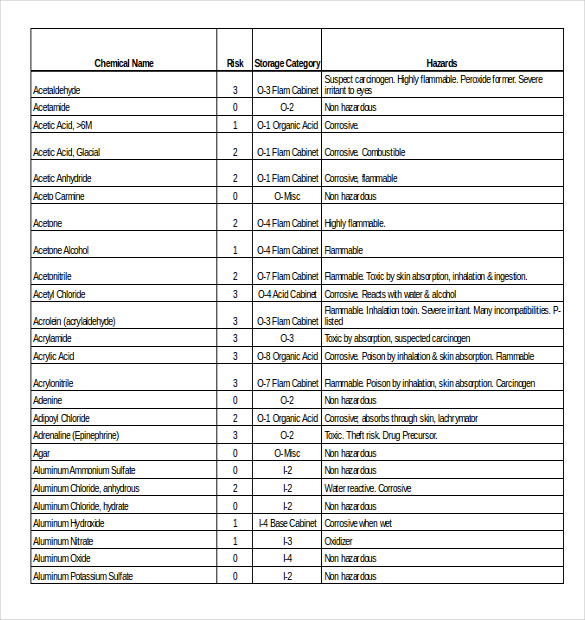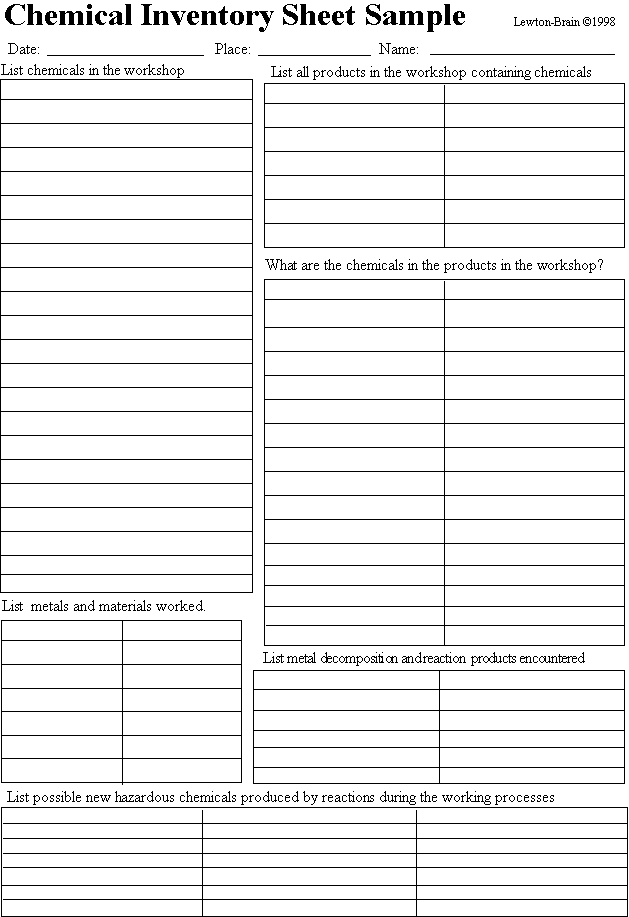
This hazard statement would appear both on the label and on the SDS. For example, the hazard statement for chemicals which meet the criteria for the class Self-heating substances and mixtures, Category 1 is Self-heating may catch fire. Hazard Statement – For each category of a class, a standardized statement is used to describe the hazard.Categories are assigned numbers (or letters) with category 1 (or A) being the most hazardous. Each category has rules or criteria to determine what chemicals are assigned to that category. For example, Self-Reactive Chemicals have 7 categories. Category – Category is the name used to describe the sub-sections of classes.

For example, Gases under Pressure is an example of a class in the physical hazards group. Class – Class is the term used to describe the different types of hazards.Hazard group – While not given a formal definition, GHS divides hazards into three major groups – health, physical and environmental.Precautionary statements may also be required, if adopted by your regulatory authority. Standardized elements such as chemical identify, hazard statements, signal words and symbols will appear on the label according to the classification of that chemical or mixture. Labels - With the GHS, certain information will appear on the label.The GHS SDS has 16 sections in a set order, and minimum information is prescribed. What are some key terms in the GHS Vocabulary? Back to top The target audiences for GHS include workers in many different industries (e.g., warehouses, construction, chemical manufacturing, transportation), emergency responders, and consumers. GHS covers all hazardous chemicals products, such as those used for the following purposes: Promoting better emergency response to chemical incidents.Encouraging the safe transport, handling and use of chemicals.Providing improved, consistent hazard information.This situation has been expensive for governments to regulate and enforce, costly for companies who have to comply with many different systems, and confusing for workers who need to understand the hazards of a chemical in order to work safely.Īs more and more countries adopt the principles of GHS, the benefits include: For example, one country may classify a product as carcinogenic while another country will not. While existing systems were similar in many respects, their differences were significant enough to result in different hazard classifications, labels, or SDS for the same product. In addition, several different systems can exist even within the same country. GHS was developed because many different countries had different systems for classification and labelling of chemical products. See the OSH Answers documents on WHMIS 2015 for a summary of how GHS was implemented in Canada. Only the elements of GHS that have been explicitly adopted by Canadian legislation are enforceable. GHS is a 'non-binding' system of hazard communication. NOTE: This document discusses the global GHS, as developed by the United Nations. rules for classifying the hazards of chemical products (i.e., substances, materials, or mixtures) They established the following two major standardized elements:ġ.

GHS was developed by a United Nations (UN) international team of hazard communication experts.

It is a system of hazard communication for chemical hazards that can be adopted by countries around the world. GHS stands for the Globally Harmonized System of Classification and Labelling of Chemicals. What is the Globally Harmonized System (GHS)? Back to top You are here: Globally Harmonized System (GHS)


 0 kommentar(er)
0 kommentar(er)
